The yearbook on conflicts, human rights, and peacebuilding, produced by the School for a Culture of Peace, identifies 36 active conflicts on the international stage.
As every year, the report on conflicts, human rights, and peacebuilding, produced by the Escola de Cultura de Pau, is a reference document for assessing the state of the world in terms of conflict and peacebuilding. ‘Alert 2024!’ offers a comprehensive review of conflicts, risk scenarios, and peace opportunities to closely follow in order to identify global trends and risk factors, among others.
The yearbook indicates that 36 conflict contexts were recorded in 2023, the highest number since 2014. Five new armed conflicts were identified in Ethiopia, Somalia, the Democratic Republic of the Congo, Sudan, and Israel-Hezbollah, while the conflict in Ethiopia, in the Tigray region, was no longer considered as such. The majority of the conflicts were concentrated in Africa (18) and Asia-Pacific (nine), followed by the Middle East (six), Europe (two), and the Americas (one).
Nearly half of the armed conflicts in 2023 were of high intensity, with more than a thousand annual fatalities, mass forced displacement, and severe territorial impacts. In 42% of the cases, the conflict situation worsened, while UNHCR reported that by mid-2023, there were 110 million displaced people globally, with Syria, Afghanistan, and Ukraine being the main countries of origin.
Regarding global tensions, 114 scenarios were identified in 2023, representing an increase compared to the previous year, with Africa and Asia-Pacific leading in terms of tensions.
Additionally, the report highlights a setback in women's participation in peace processes, with only 33% of the agreements in 2022 mentioning gender-related aspects. Peace opportunities have been identified in regions such as Ethiopia, Egypt, Sudan, and Senegal, while risk scenarios include places like Rwanda, Sudan, and Gaza.
Next, we focus on the main risk contexts identified by the Escola de Cultura de Pau report and explore them in detail.
- Rwanda and the Democratic Republic of the Congo
In 2024, thirty years will have passed since the Rwandan genocide, one of the most tragic chapters in African history and one of the most notable failures of the international community, which responded too late and poorly to intervene in a bloody conflict that resulted in over 800,000 deaths, mainly of Tutsis and moderate Hutus.
Perpetrated by the Rwandan Armed Forces and the Interahamwe militias, the genocide also involved thousands of civilians and exposed the failures of the international community, including the United Nations (UN), which did not stop the atrocities committed—such as the rapes suffered by over 250,000 women—within just over one hundred days, from April 7 to June 15, 1994, leaving a deep scar on the country.
Paul Kagame, who led the Rwandan Patriotic Front to overthrow the genocidal regime, has been president since then, garnering international support for his fight against poverty and the reconstruction of the country. However, his leadership has been marked by authoritarianism and the repression of dissent, justified by the need to prevent another genocide. In this context, Rwanda has seen human rights violations, and opposition figures have been persecuted both within and outside the country.
The justice and reconciliation process brought more than a million people to trial, many responsible for the genocide. In the coming years, with the end of sentences, the release of around 30,000 people is expected, presenting new challenges in terms of reconciliation and managing tensions at the community level.
In the regional context, Rwanda has played a significant role in the area's politics, intervening in the Democratic Republic of the Congo (DRC) under the pretext of protecting Rwandan-descendant communities and fighting genocidal forces still active in the country. Despite UN accusations of participating in the exploitation of the DRC's natural resources, Rwanda has avoided significant sanctions.
Thus, tensions persist today in the Great Lakes region, where Rwanda and the DRC are primarily at odds through the insurgent group M23, supported by Rwanda. The situation mirrors the conflicts of 1996 and 1998, and there are fears it could escalate into a direct confrontation between the two countries.
As Rwanda marks three decades since the genocide, some wounds remain open, and regional efforts to achieve peace have failed so far. The report warns that international intervention is crucial to prevent further deterioration, especially with the advance of the M23 group, a scenario that could have dire consequences.
- Sudan and the Expansion of Conflict
Since April 15, 2023, Sudan has been engulfed in a new civil war between the Sudanese Armed Forces, led by General Abdel Fattah al-Burhan, and the Rapid Support Forces, headed by General Mohammed Hamdan Dagalo ‘Hemedti.’
Initially concentrated in Khartoum, the conflict has spread across the country, escalating into a full-scale civil war that has caused over 15,000 deaths and the forced displacement of 8.6 million people, with about 1.8 million seeking refuge in neighboring countries.
The conflict has resulted in a severe humanitarian crisis, with 25 million people in urgent need of assistance, while humanitarian aid remains blocked. Despite attempts to revive a dialogue process for a peaceful transition, the war’s complexity, the involvement of multiple armed actors, and the failure of mediation initiatives make peaceful resolution difficult.
The conflict has also gained complexity with the involvement of regional armed groups, particularly in Darfur, South Kordofan, and the Blue Nile. The war has taken on an interethnic dimension, with rising tensions between groups, threatening to spread the conflict to other parts of Sudan.
On a broader international scale, the conflict poses a clear threat to regional stability, with neighboring countries like Chad, South Sudan, and Ethiopia at risk of being affected. Chad, for example, has already felt the impact of the Sudanese conflict. Moreover, South Sudan, a country in political transition, relies economically on Sudanese pipelines, and any blockade, like the one in February 2024, could destabilize its economy and further complicate its transition process.
- China and the Philippines
Since mid-2022, another risk scenario has involved increasing political and military tensions between China and the Philippines in the South China Sea. The dispute centers on two land formations within the Philippines’ exclusive economic zone, which China claims as its own.
Despite meetings between the leaders of both countries, serious maritime incidents have surged recently, with ship collisions and the use of weapons like military lasers and water cannons by the Chinese Coast Guard.
The shift in the Philippines’ foreign policy under President Ferdinand Marcos has contributed to this escalation. Unlike his predecessor, Rodrigo Duterte, who sought to minimize confrontations with the Asian giant, Marcos has initiated a modernization process for the military and strengthened ties with the United States and other countries in conflict with China. Examples include joint military exercises with the US and an agreement allowing access to new military bases in the Philippines, a situation that worries Beijing.
China’s publication of an updated map in August 2023, including territorial claims in disputed areas, has worsened the situation, with the Philippines condemning this as a violation of international law and the 2016 arbitration ruling that rejected China’s territorial claims in the region.
According to the Escola de Cultura de Pau report, the relationship between the two countries represents a risk scenario that could lead to military escalation, potentially involving major actors like the US and destabilizing regional security.
- The Growing Militarization of Europe
The Russian invasion and subsequent war in Ukraine have led to a concerning increase in militarization across Europe. The conflict, now approaching its third year, has had severe repercussions on human and environmental security, with no short-term resolution in sight. Additionally, the situation has intensified the confrontation between Russia and Euro-Atlantic actors, affecting other peace processes in the region, such as in Moldova.
The European continent has seen a notable increase in military spending. In 2023, Europe’s military budget rose to $588 billion, a 16% increase over the previous year and a 62% increase compared to 2014. Russia has also significantly increased its military spending to $109 billion in 2023, a 24% rise from 2022. Similarly, Ukraine’s military investment grew by 51% compared to the previous year.
Beyond spending, there has also been an increase in troop presence along borders, particularly between Belarus and Poland. The report also highlights Finland and Sweden’s accession to NATO, as well as the ongoing debate in several countries about reintroducing mandatory military service, such as in Germany and Serbia.
This militarization not only affects Europe but also contributes significantly to global military escalation. The Escola de Cultura de Pau stresses the need to strengthen efforts to promote dialogue and mediation to reverse militarization and reduce tensions on the continent.
- Gaza as an Example of the Erosion of International Humanitarian Law
The genocide in Gaza, following the Israeli offensive in response to Hamas unexpected attack on October 7, is the most flagrant example of serious violations of international humanitarian law. Civilian Palestinian death tolls have exceeded 40,000, with thousands of children affected, and the use of prohibited weapons in densely populated areas has led to massive destruction of civilian infrastructure. Additionally, the use of humanitarian blockades, and the control of water and food as weapons of war, have been reported.
The genocide has distorted the terminology of international humanitarian law to justify its actions. All of this has occurred in a context of impunity, with the complicity of major international actors like the US and the European Union, which have avoided imposing sanctions or demanding an immediate ceasefire.
Thus, the conflict, in addition to threatening the survival of the Palestinian population, has grave consequences for the future of international law and the global order established after World War II. Organizations like Amnesty International have warned that the crisis in Gaza symbolizes the failure of the international community to uphold its commitments to humanity and human rights.
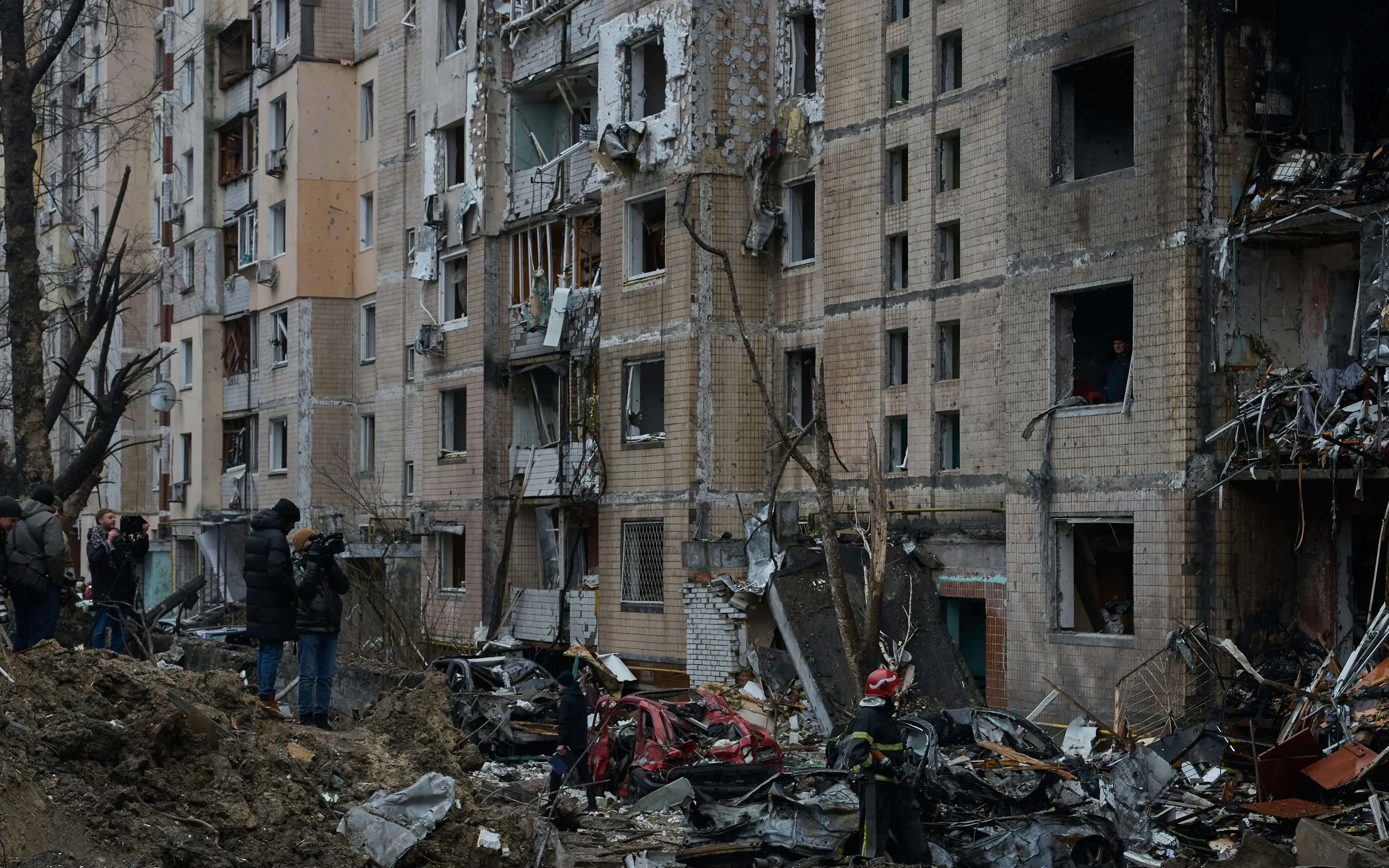
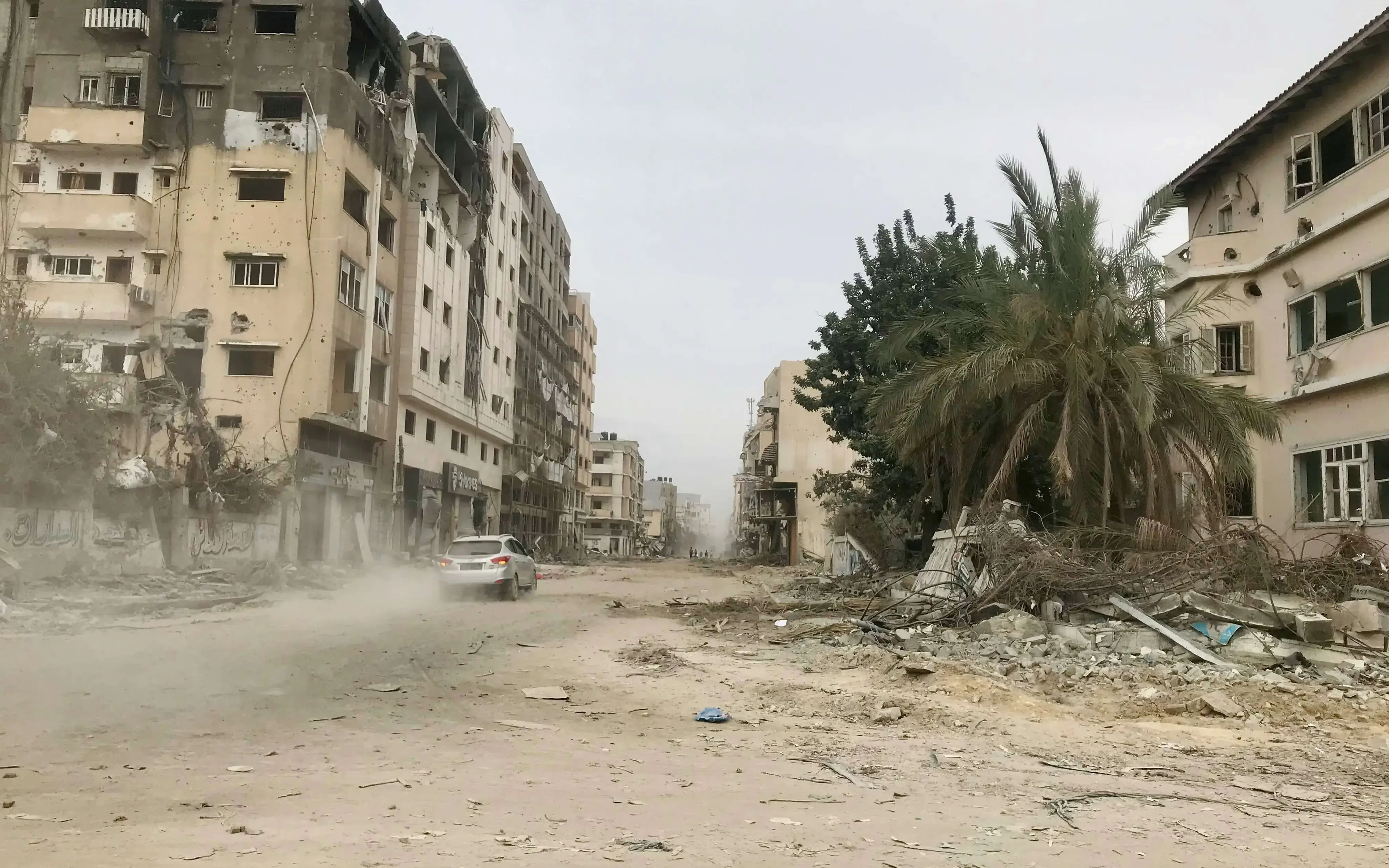


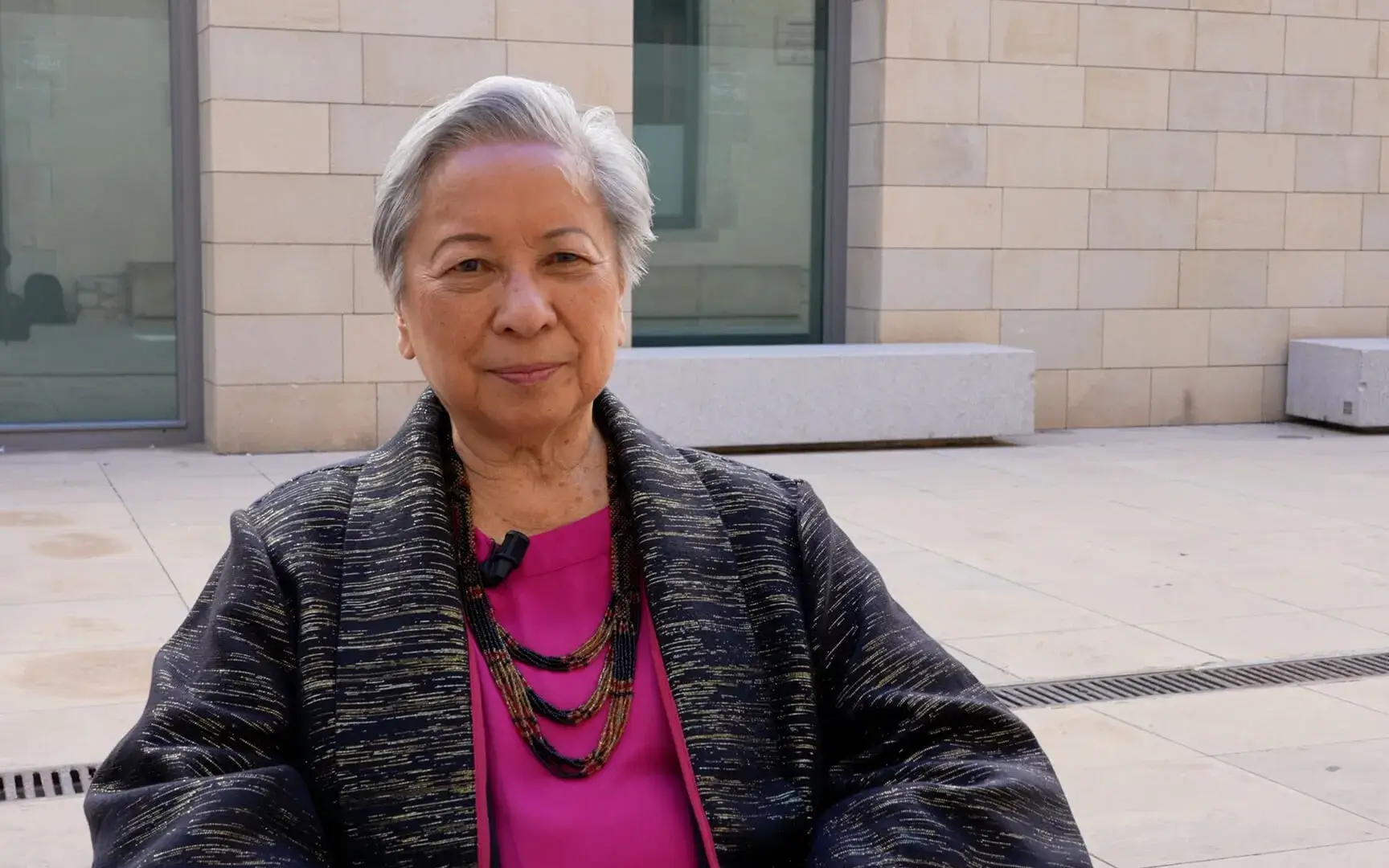
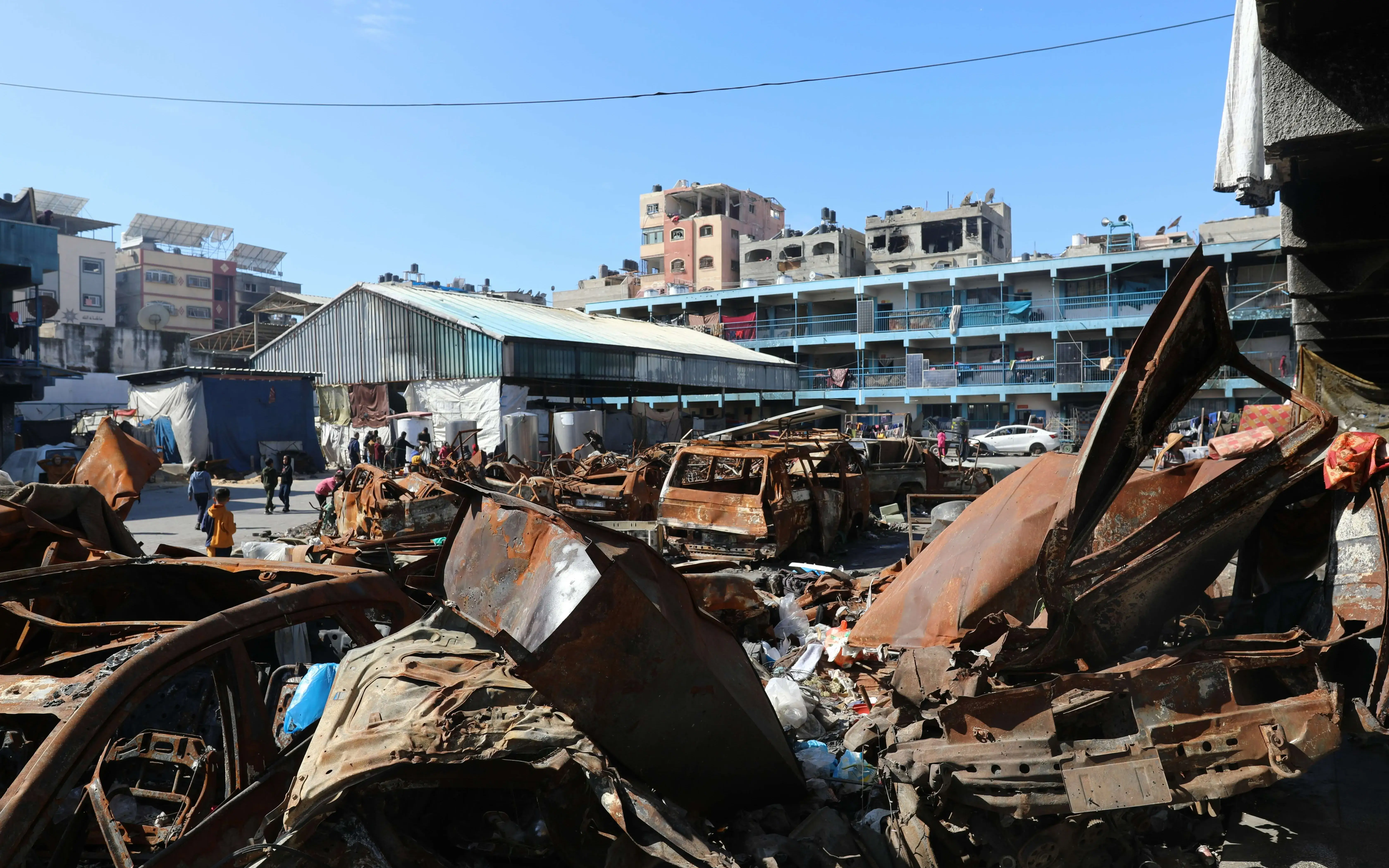
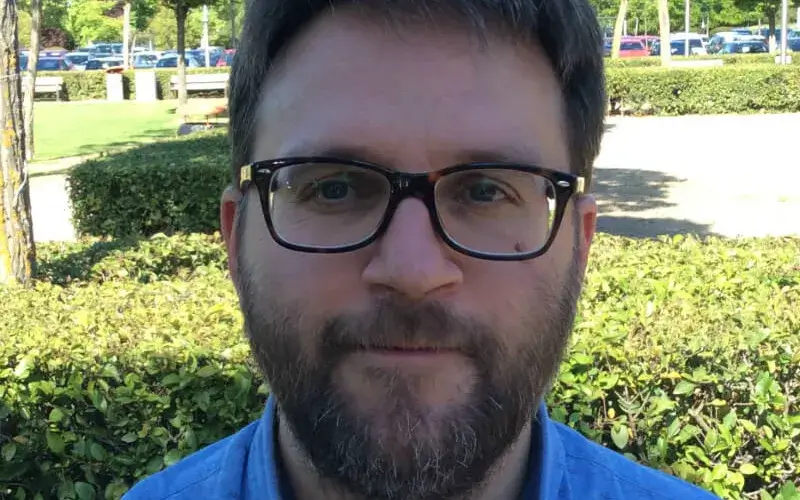
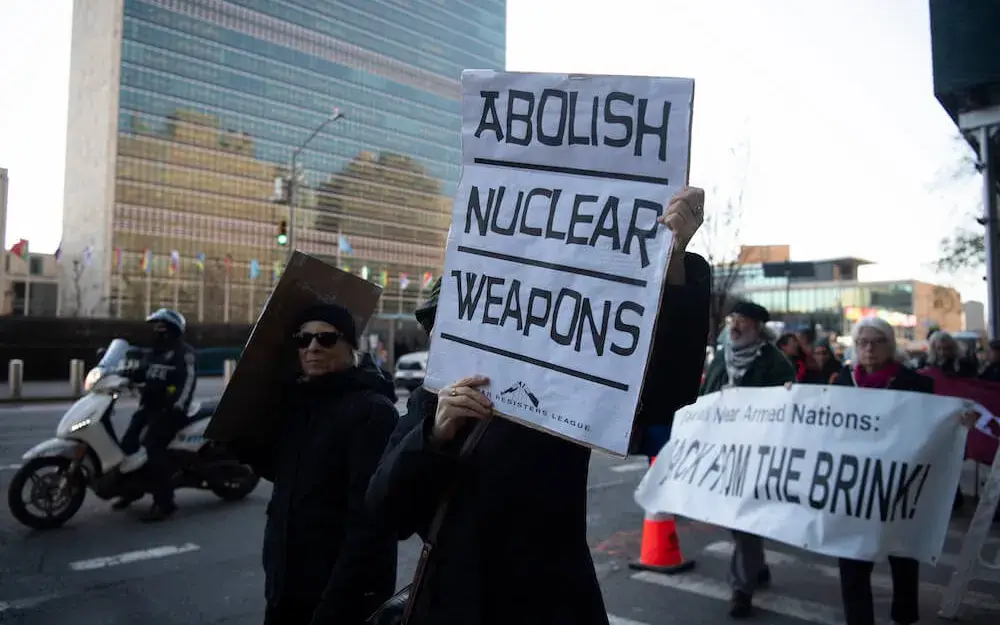
Add new comment